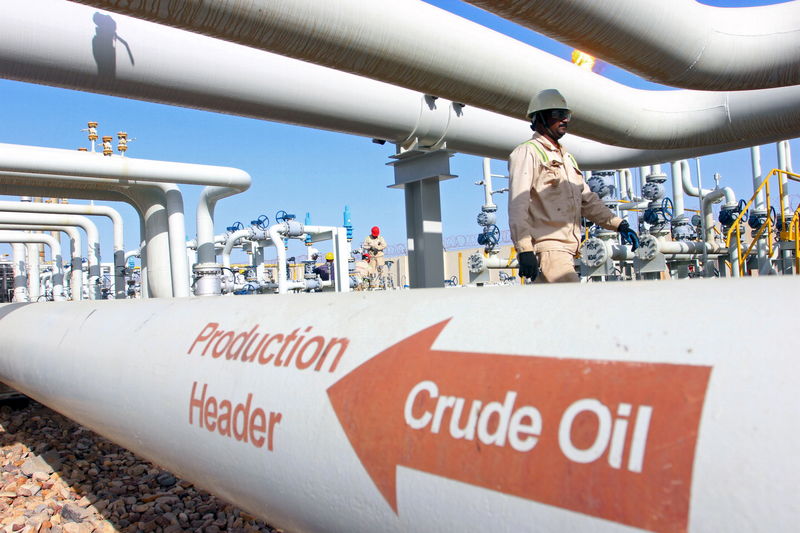U.S. to Acquire 3 Million Barrels of Oil for Emergency Reserve
The U.S. government announced today that it is in the process of acquiring up to 3 million barrels of oil for the Strategic Petroleum Reserve (SPR). The oil is expected to be delivered to the Bryan Mound facility in Texas between April and May 2025. This move is part of a broader effort to replenish the SPR following President Joe Biden's initiation of record sales of 180 million barrels in 2022 in response to rising gasoline prices due to Russia's invasion of Ukraine.
The Department of Energy (DOE) has already repurchased over 55 million barrels of oil at an average cost of around $76 per barrel. This price is significantly lower than the $95 per barrel at which the oil was sold last year. The DOE's efforts to refill the SPR also involved working with lawmakers to cancel an originally mandated sale of 140 million barrels planned by Congress through 2027 to finance government programs.
The exact amount of remaining funds available for additional oil purchases by the DOE has not been disclosed. At the beginning of October, a department source indicated there were about $150 million available, which would be sufficient to acquire approximately 2 million barrels. However, a DOE spokesperson stated on Monday that this amount was slightly higher, indicating that the department "can continue to acquire crude oil at a reasonable price for taxpayers with current emergency revenues."
To completely refill the SPR's purchasing fund, the Biden administration or a subsequent government will need to collaborate with Congress. Kevin Book, a policy analyst at ClearView Energy Partners, noted that while there may be some remaining funds after this latest purchase, they would be minimal. He also highlighted the political challenges in providing additional replenishment due to the politicization of the SPR.
In addition to purchasing oil, the DOE may consider working with Congress to cancel about 100 million barrels of future mandated sales from 2026 to 2031. This strategy could potentially reduce the wear and tear of the underground caverns used for the SPR, located along the Texas and Louisiana coasts.


